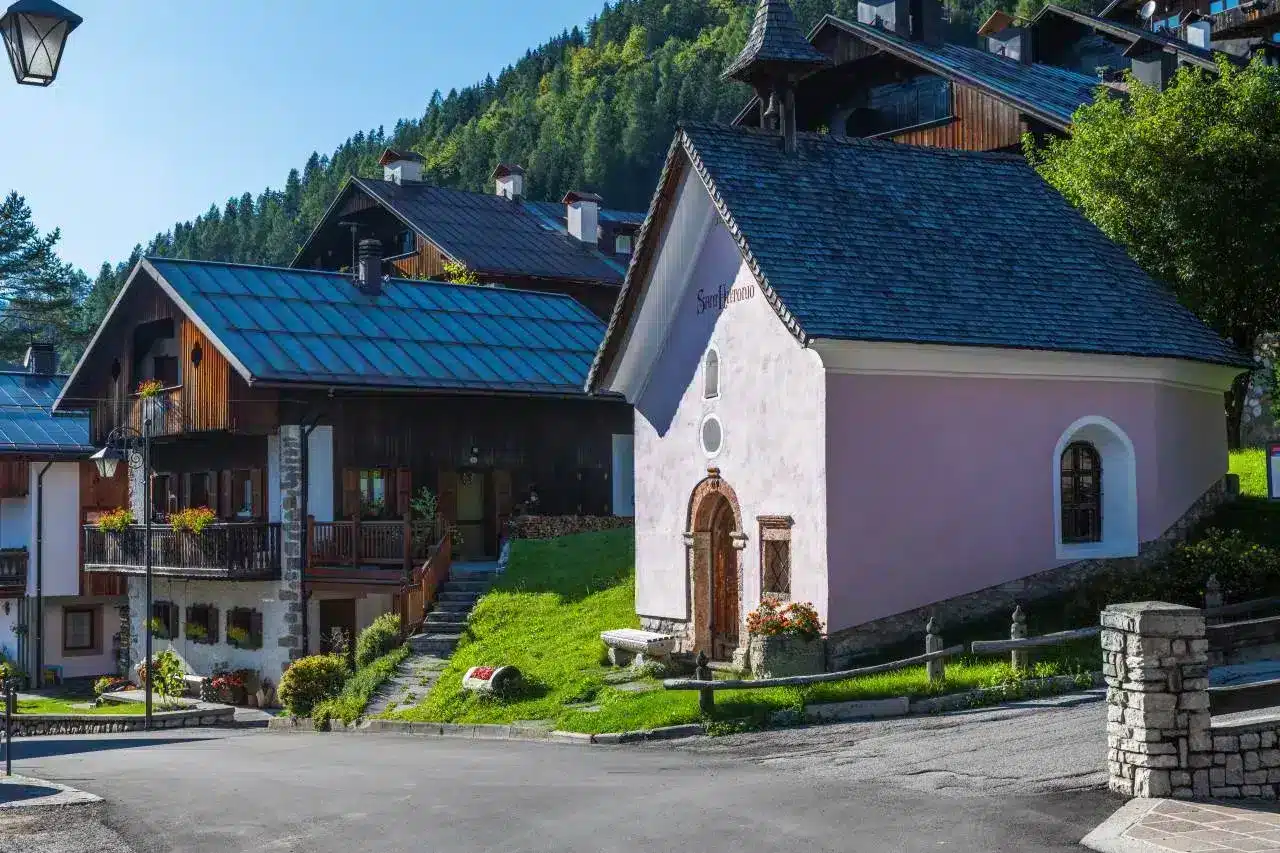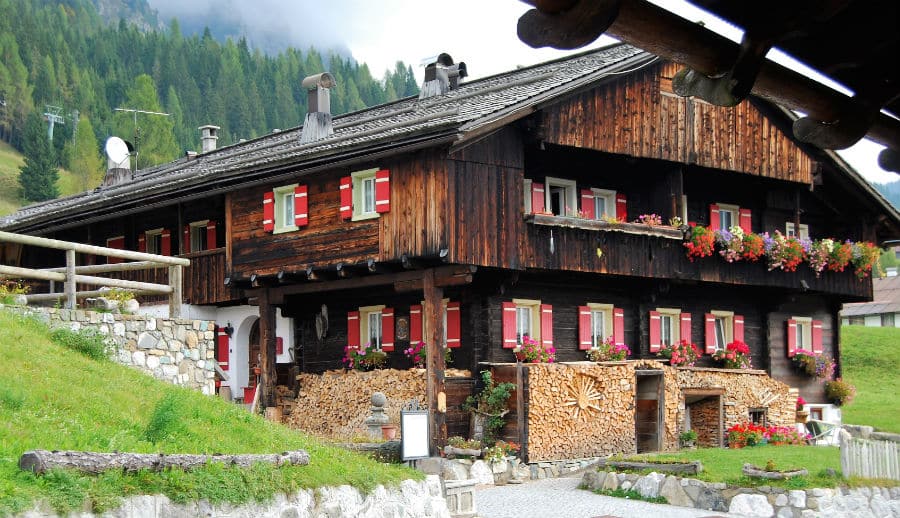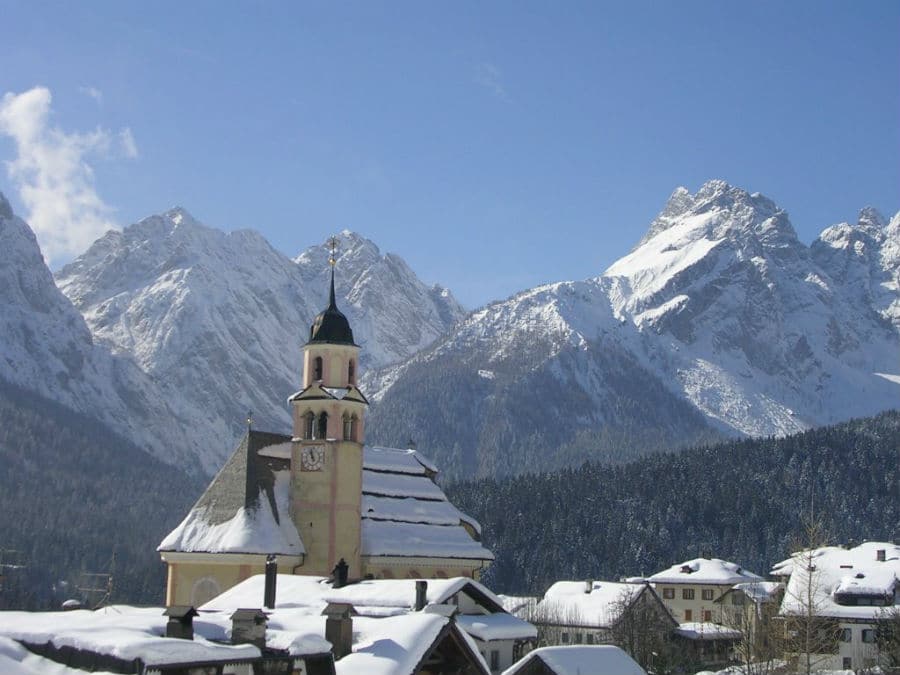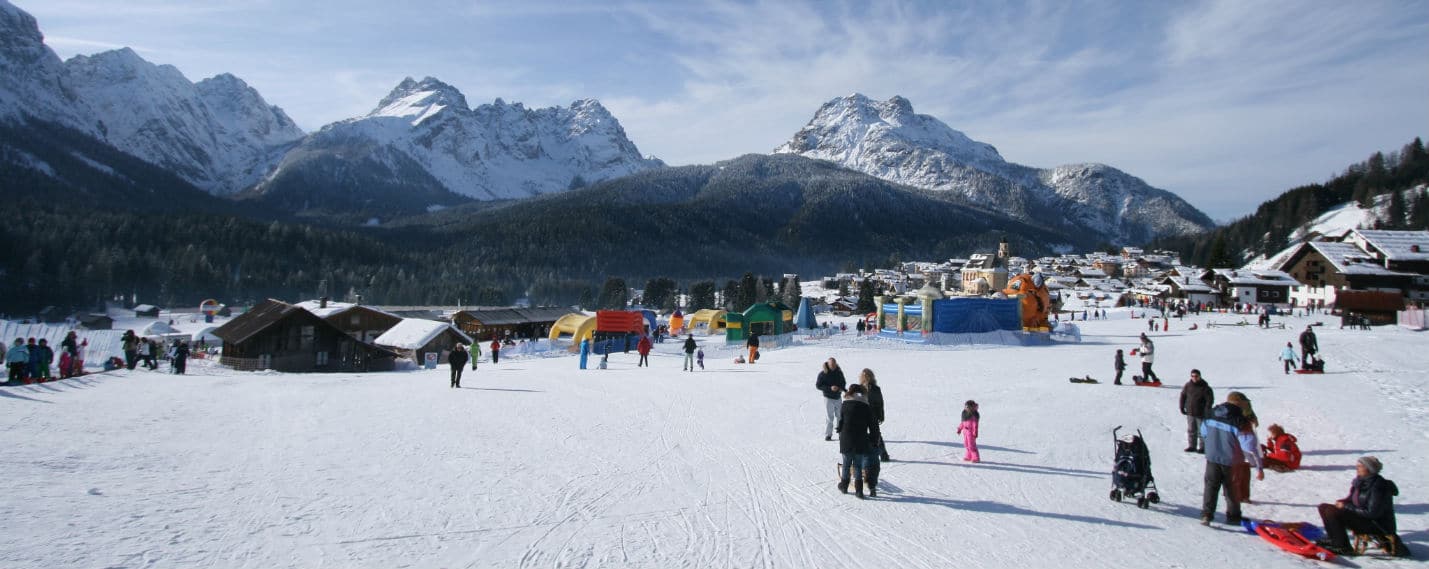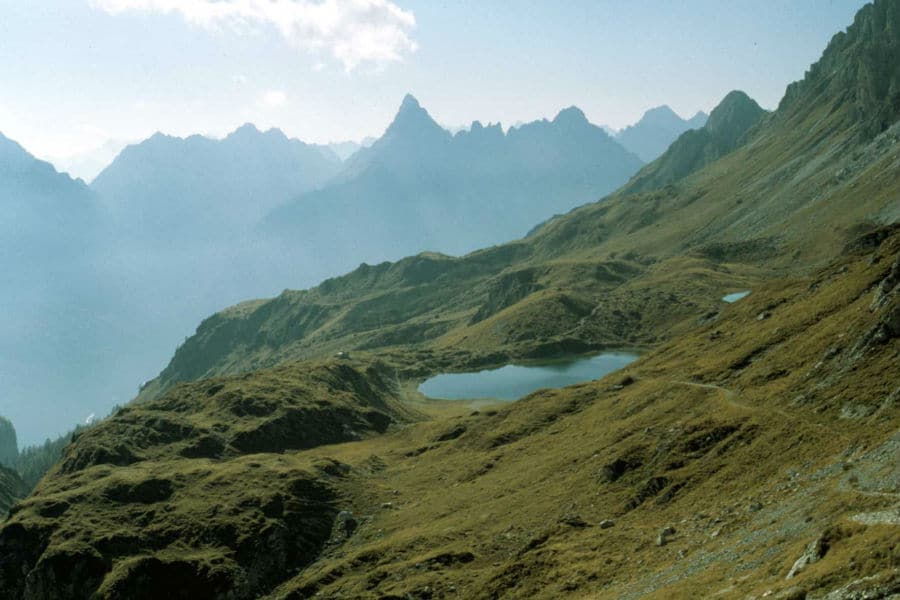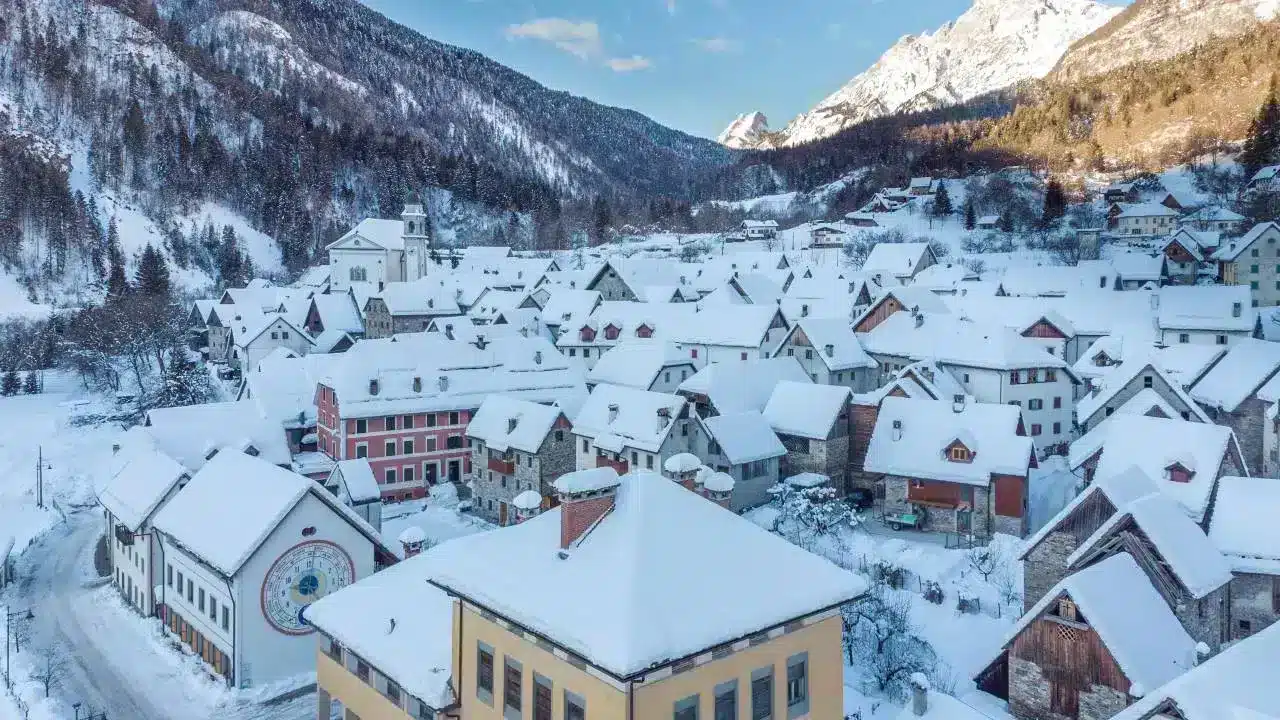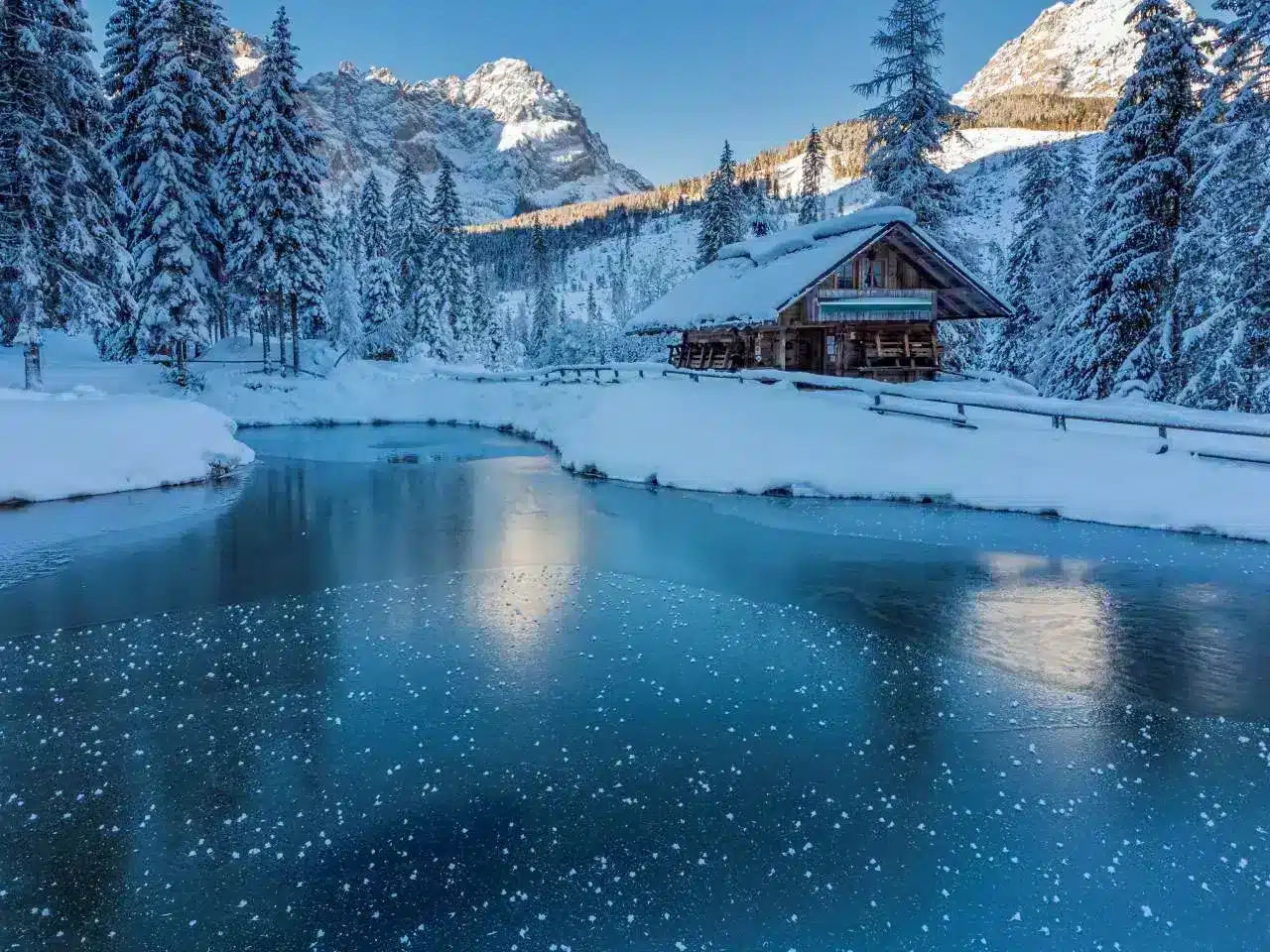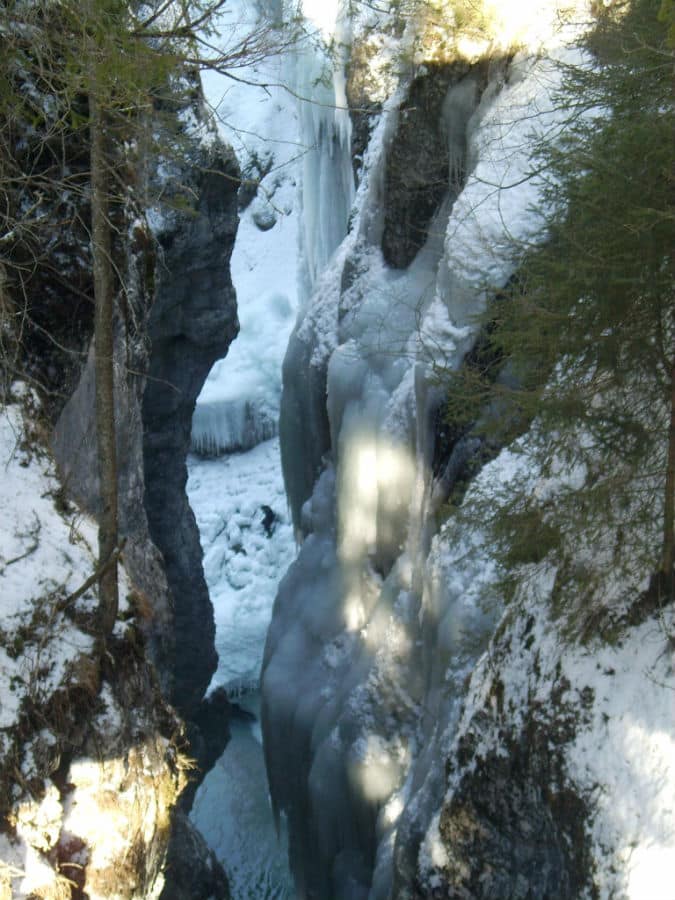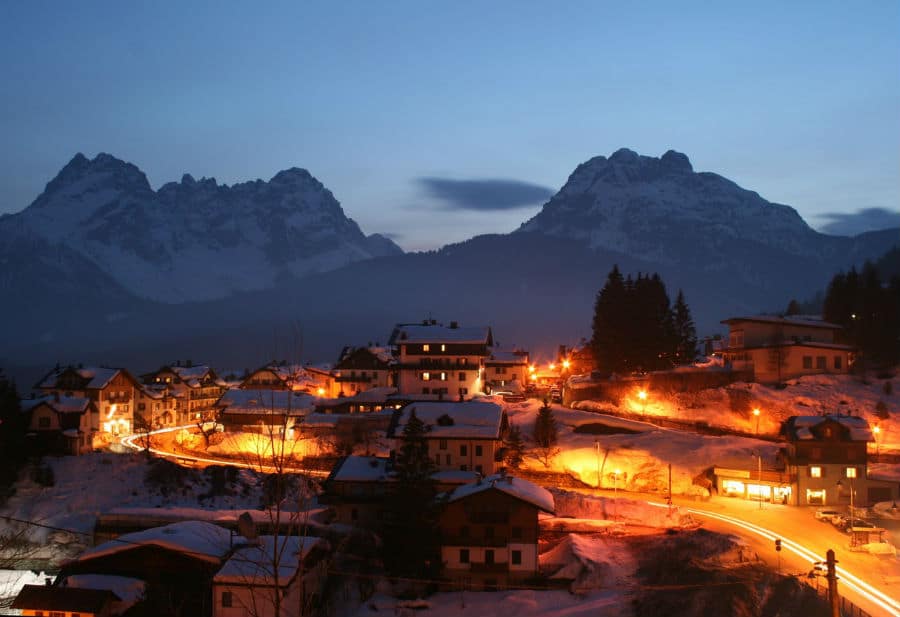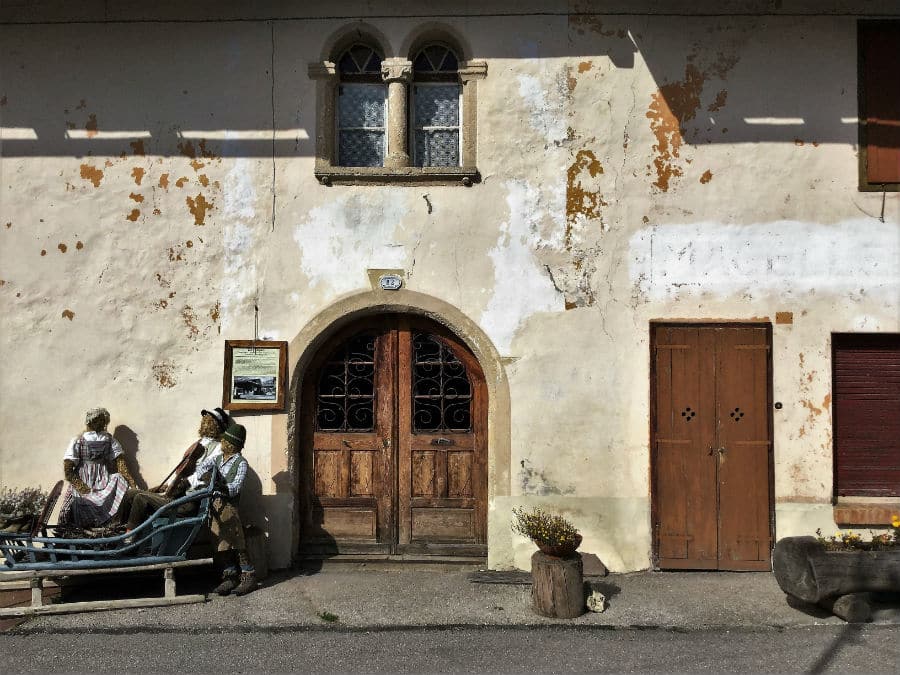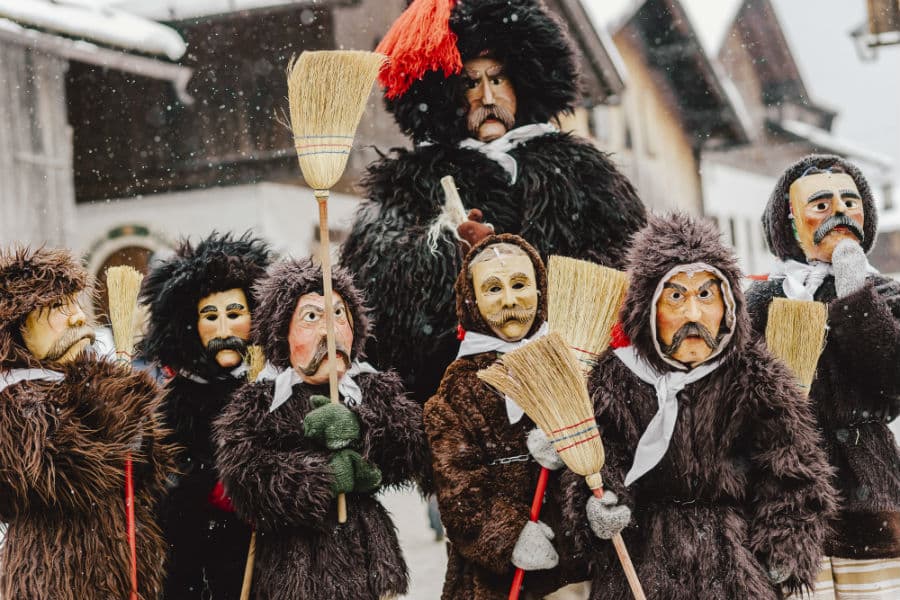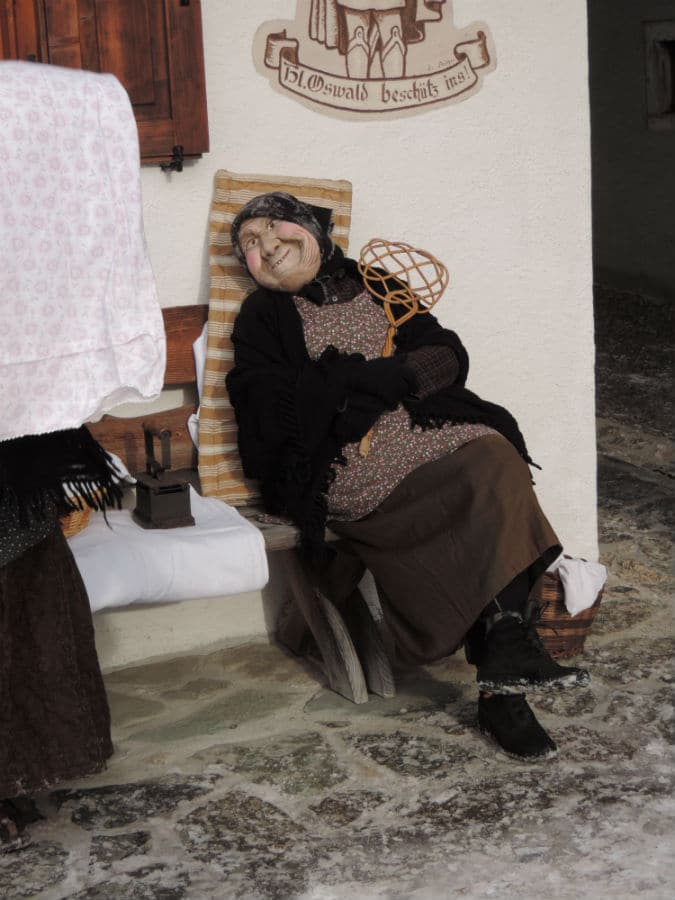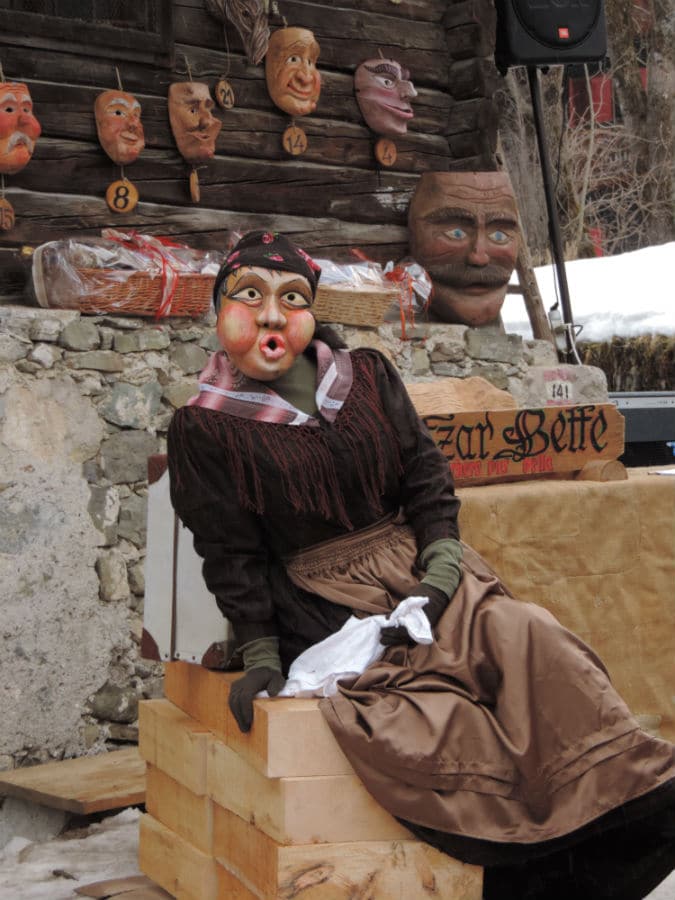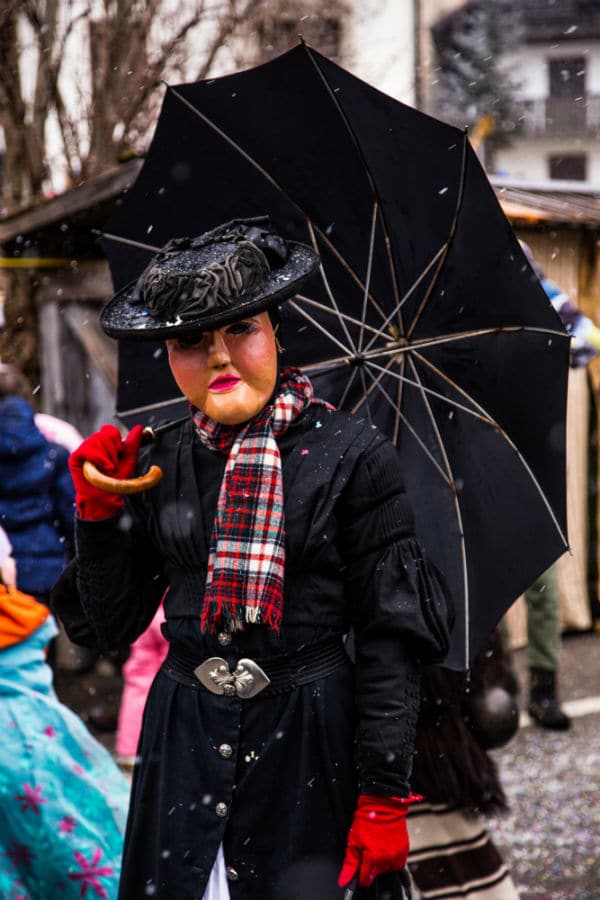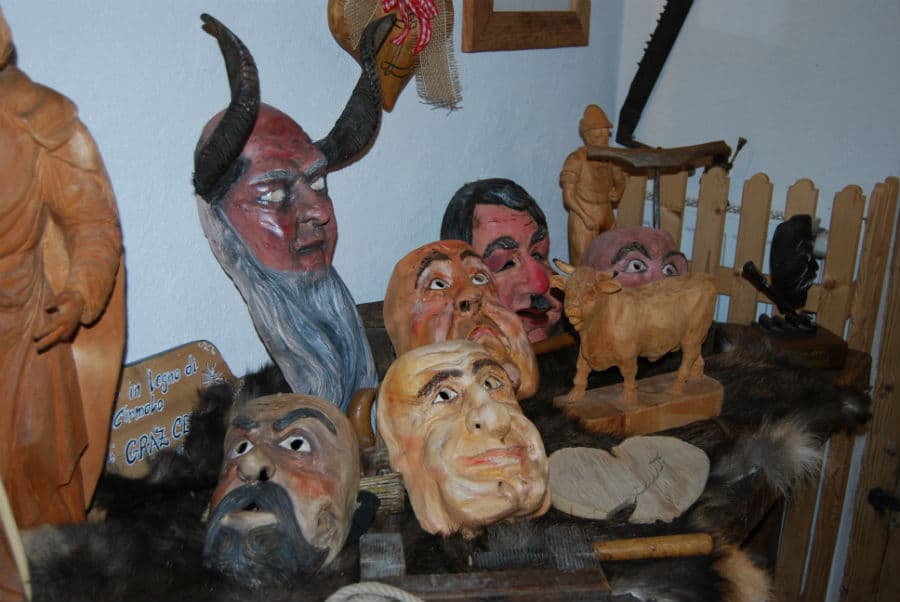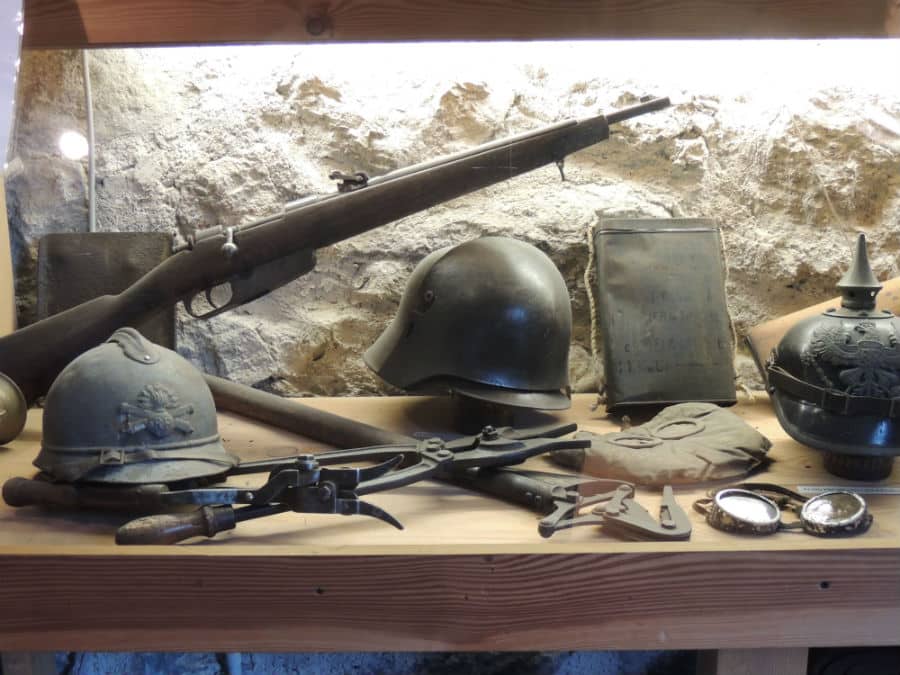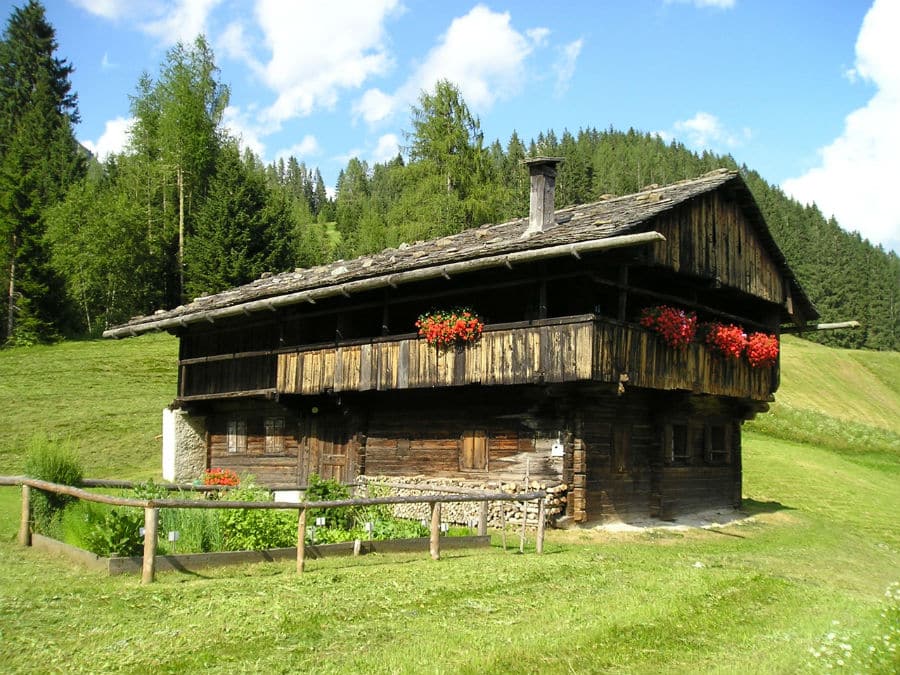Origins and history of the village
The history of Sappada is linked to the medieval migrations of families from Bavaria, sent by the Patriarch of Aquileia to colonize an otherwise uninhabited area. In fact, the valley that now hosts Sappada was originally an uncultivated wilderness area. Thanks to this work of deforestation and cultivation, the small town arose over time, which, even today, retains many of the cultural and linguistic characteristics of those populations of Germanic origin. The German dialect, even with the evolution of time, remains spoken daily by its inhabitants.
Situated between the historical regions of Cadore and Carnia, Sappada lies on the border between Veneto, Friuli Venezia Giulia and Austria. This geographical position has had a major influence on its history and traditions, so much so that the town has long been a kind of German-speaking "linguistic island." Its administrative affiliation has passed through various stages: in 1852 it was annexed to the province of Belluno and later, in 2018, it became part of the Friuli Venezia Giulia region.
A landscape nestled in the Dolomites
The landscape surrounding Sappada is extraordinary: surrounded by a crown of Dolomite mountains, the village stretches among green pastures, extensive coniferous forests, and numerous waterfalls and alpine lakes. Along the valley floor flows the Piave River, which originates at the foot of Mount Peralba. The view of the imposing Dolomite peaks is an irresistible lure for hikers and nature lovers. Sappada is an ideal destination both in summer, when the forests and meadows offer a variety of greens, and in winter, when the snow transforms the village into an enchanting snowy landscape, perfect for winter sports.
Architecture and traditions
Sappada's architecture is one of its most fascinating features. The village is known for its wooden houses, built in the tradition of blockbau, a construction technique typical of Nordic regions. The houses are made with beams stacked horizontally and recessed at the corners, a method that makes them strong and durable. Walking around Sappada, it is possible to admire these structures, which retain the charm of a past that blends perfectly with the natural beauty of the place.
In addition to its architecture, Sappada is famous for its folk traditions. One of the best known is the Plodar Vosenòcht, the Sappada carnival, which is celebrated every year and involves the entire town. During this festival, which lasts for three Sundays, participants wear the typical masks of the Rollate, an ancient folkloric figure. The village is also rich in other traditions, such as the annual pilgrimage to the Shrine of Our Lady of Sorrows in Austria, which is attended by many Sappadinos.
Linguistic and folk culture
The dialect of Sappada is another distinctive feature. The ancient German dialect, similar to that spoken in other German-speaking communities in the region, is still widely spoken and studied today. It has recently been introduced in local schools as part of a language enhancement program, according to Law 482/99, which protects minority languages.
Sappada folklore also has deep roots in Germanic culture. The Holzhockar folklore group, composed of dancers and musicians, enlivens local festivities with traditional dances and melodies that tell the story of life in the past. Traditions are also reflected in handicrafts, with typical products such as cheese, sausages and wooden objects representing the village's identity.
Sappada today: A tourist destination for all
Today, Sappada is a tourist resort known for both winter sports and summer activities. The ski slopes, hiking trails and opportunities for outdoor sports attract tourists from all over Italy and abroad. But it is not only the natural beauty that makes Sappada a popular destination: the village is also an ideal place for those seeking tranquility, a relaxed atmosphere and the chance to discover the authentic culture of a small corner of the mountains.
In addition, Sappada was recently distinguished as Italy's first Sustainable Municipality, an award that attests to the village's commitment to preserving natural and cultural resources for future generations.
Sappada is a destination that offers much more than just a stay in the mountains: it is a journey through time, among centuries-old traditions, a breathtaking landscape and a community that has managed to keep its identity intact. Whether it is a summer visit to enjoy hiking or a winter stay to ski, Sappada is the ideal place for those seeking an authentic experience in one of the most striking corners of the Dolomites.


